RS Group Achieves Back-to-Back Ecovadis Platinum Medal for Sustainability Excellence
Synovos
NOVEMBER 10, 2023
The objective of the EcoVadis methodology is to measure the quality of a company’s sustainability management system through its policies, actions, and results. We stock more than 750,000 industrial and electronic products, sourced from over 2,500 leading suppliers, and provide a wide range of product and service solutions to 1.1

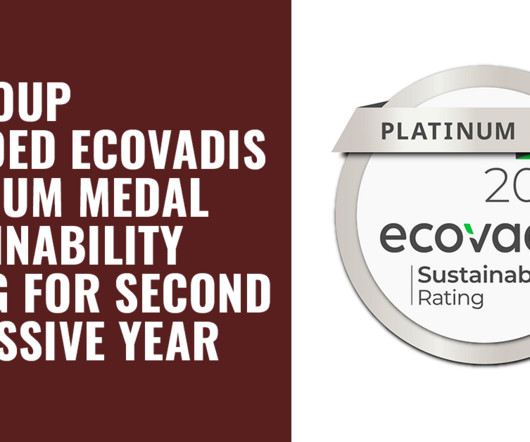


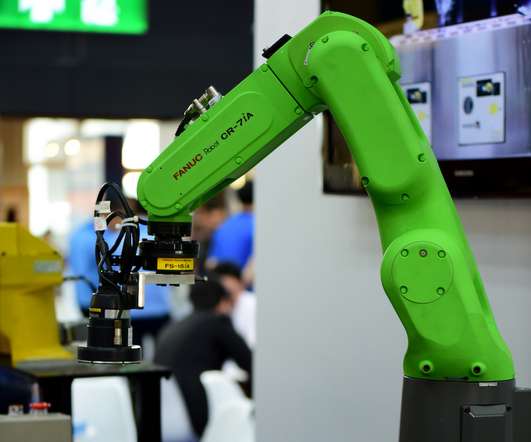




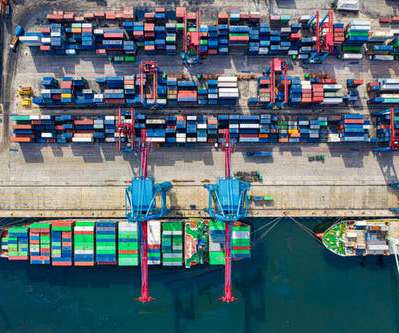
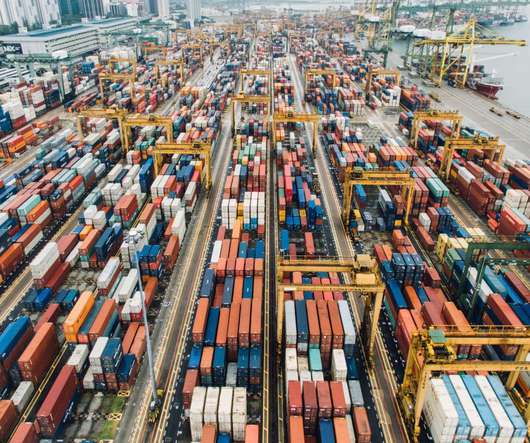


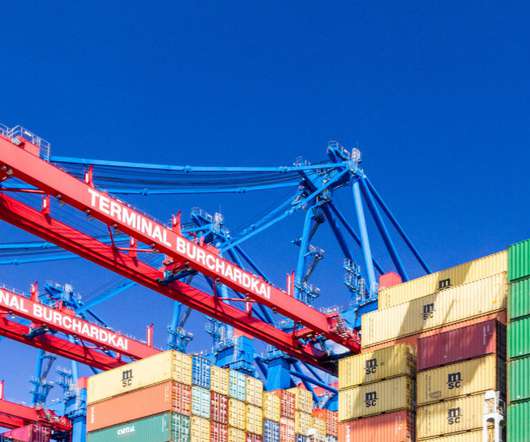










Let's personalize your content